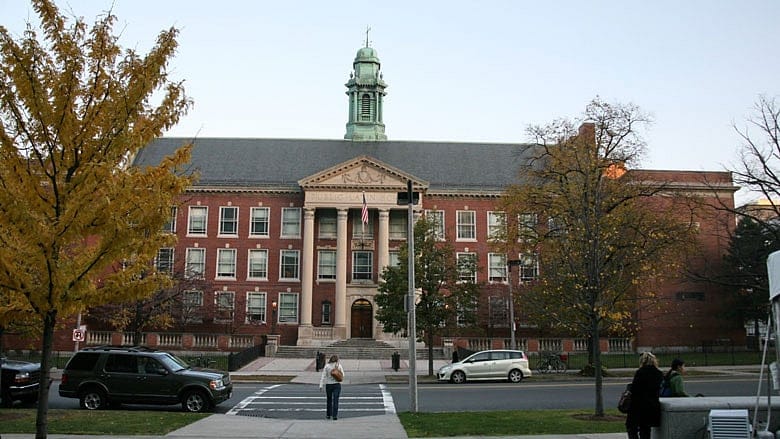There’s no ‘diversity problem’ at Boston Latin

Like other Boston residents, I have been perplexed at the degree of controversy surrounding our best public school, and the misleading analysis in local media, such as The Boston Globe. Underlying the race-relations controversy is the complaint that Boston Latin has a "diversity problem," that it doesn't represent our city's racial demographics.
What are they talking about? The City of Boston's racial balance, according to public data, is roughly 45 percent white, 24 percent black, 19 percent Hispanic, 9 percent Asian. Boston Latin's racial balance is: 47 percent white, 8.5 percent black, 11.6 percent Hispanic, and 29 percent Asian. This is actually a good match for Boston's children, except that it is more Asian and less black and Hispanic than the broader population. However, let's look at the rest of the Boston school system, which is: 14 percent white, 35 percent black, 42 percent Hispanic, and 9 percent Asian.

